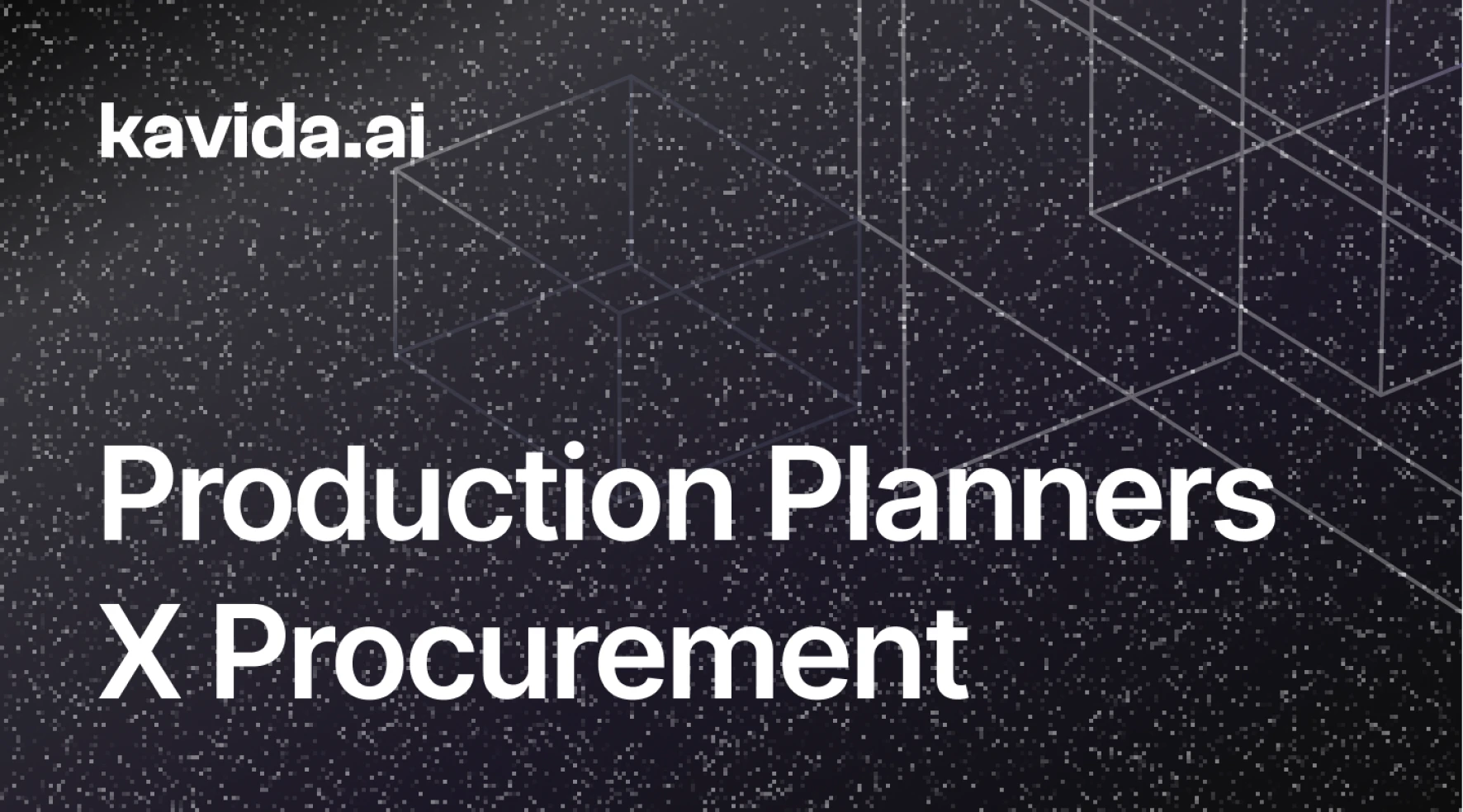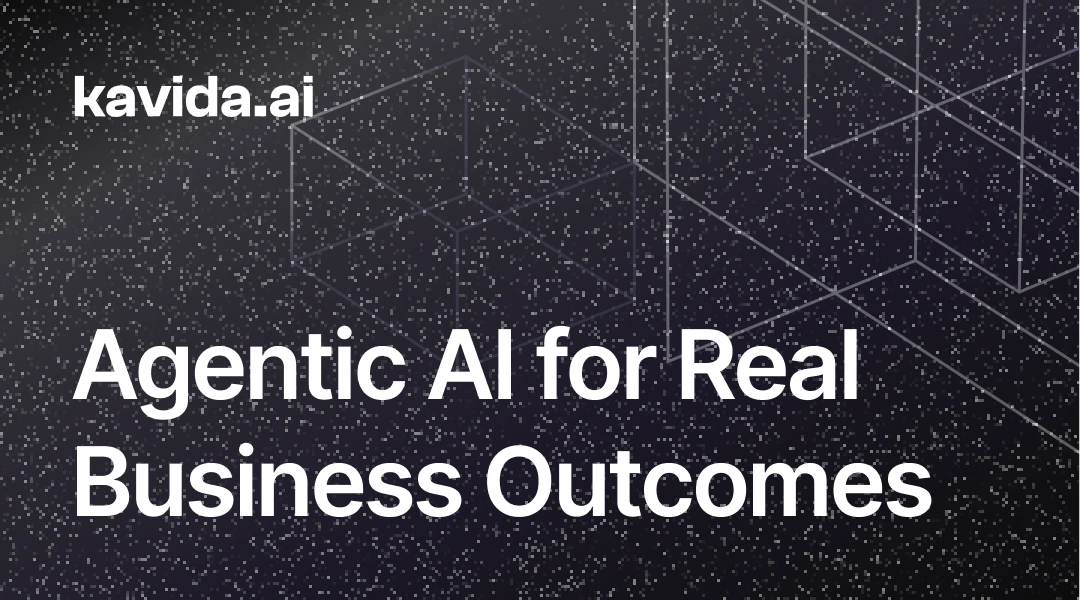
ANNOUNCEMENT
QAD Redzone acquires Kavida — our Agents have joined the Champion AI family

Discover how AI agents are reshaping the manufacturing operating model

Hi, I’m Alison!
Share your details, and I’ll give you a call in minutes to see how we can assist.

Most automation stories start with tasks — fewer clicks, faster data entry, less time spent on admin. But tasks aren’t what the C-suite measures.
Business outcomes are.
Lines delivered on time. Sales orders processed. RFQs fully executed and supplier selected.
Until now, achieving those outcomes has meant human teams carrying out the sequence of steps needed to get from start to done. That’s expensive: salaries, benefits, overhead, training, and the productivity drag of ramp time all add up.
By replicating the entire human sequence for a given outcome — and embedding the rules, edge cases, and judgment calls along the way — agents can achieve the same results your teams are measured on at ~90% of the cost of human execution.
Why Outcomes Matter in ROI
Traditional automation sells “time saved.” But time saved doesn’t always translate into measurable business value.
When agent performance is tied directly to the same KPIs as human teams — number of RFQs processed, lines delivered, orders shipped — ROI becomes tangible:
Each agent executes the entire sequence required to achieve the outcome. Not just the easy 60%, but the full 100% — with humans stepping in only for genuine exceptions.
Business Cases: Three Agents, Three Outcomes
Procurement Agent (Post-PO)
In procurement, the administrative cost per line delivered is the all-in cost of human labour and overhead to manage each line from start to finish:
Across the industry, this averages ~$25 per line, factoring in all buyer actions, invoice checks, follow-ups, and expedites required to get goods delivered.
The procurement agent manages the entire workflow from placement to delivery — chasing exceptions, coordinating with suppliers, resolving invoice mismatches, and ensuring AP alignment — delivering consistent, round-the-clock execution without compromising quality or timeliness.
When an agent runs the process end-to-end, the cost of managing a line item drops to just $2–$5 — an 80-90% saving. And in high-volume procurement, even small per-line savings quickly add up to millions each year.
Sales Agent
In sales workflows, the administrative cost per sales order measures the total human labour and overhead required to turn opportunities into confirmed orders:
This reflects the full effort involved: responding to RFQs, checking inventory, sourcing non-stock parts, following up with customers, and validating orders in the ERP. Because only a fraction of RFQs convert, the true cost per win can be significant.
By automating the RFQ-to-order cycle, the sales agent cuts the cost of processing each order by about 90%. This means faster quotes, quicker revenue recognition, and more time for sales teams to focus on closing deals and building customer relationships.
Supplier RFQ Agent
The administrative cost per RFQ cycle measures the total human labour and overhead required to take an RFQ from launch through to supplier selection:
In many organisations, completing an RFQ from launch to supplier selection takes 5–10 days and consumes hours of repetitive, manual work such as preparing RFQs, following up with suppliers, and running compliance checks.
The RFQ agent automates ~90% of the process, slashing cycle times by 50–70%. Imagine cutting the cost per RFQ, securing supplier commitments days earlier, and negotiating from a position of strength, all while your team focuses on high-value supplier strategy instead of repetitive admin.
The ROI Model
- Human Cost per Outcome: Total cost of staff (salary + benefits + overhead) ÷ volume of outcomes delivered.
- Agent Cost per Outcome: Volume of outcomes delivered.
Across procurement, sales, and RFQ workflows, this model consistently shows agents delivering the same measurable outcomes at ~90% of human cost — with the added benefits of consistency, scalability, and zero ramp time.
How Agents Achieve the 90% Cost Advantage
Sequential Process Automation
Agents replicate the full sequence of human actions for a given outcome — not just isolated steps.
Persistent Knowledge Layer
Every rule, exception, and preferred workflow is embedded, meaning zero ramp time and no knowledge loss over time.
Scalable Capacity
An agent can run multiple workflows in parallel, handling the volume of several FTEs without fatigue or performance dips.
Human-in-the-loop Oversight
Humans step in only for exceptions or strategic judgment calls — keeping control where it matters, while reducing repetitive execution work.
The Strategic Advantage
Scale without headcount
Add output capacity instantly without recruitment delays or overhead.
Protect against turnover risk
Process execution is never lost when people leave.
Achieve ROI faster
Measurable cost advantage within months, not years.
Work around-the-clock
Agents don’t sleep, don’t take holidays, and work continuously to deliver consistent outcomes.
Refocus human effort
Keep people working on relationship-building, strategic sourcing, and revenue growth.
If your teams are measured on outcomes, why not achieve them faster, more consistently, and at 90% of the cost?
Related articles

The Ultimate Guide to Procuring Generative AI for Manufacturers
In the rapidly changing world of technology, From the first assembly lines to the robotics revolution, the manufacturing industry continually strives to find new ways to boost productivity and increase efficiency.

Improving Collaboration Between Production Planners and Procurement Teams
In manufacturing, seamless collaboration between production planners and procurement teams is essential to ensure smooth production schedules...

How to Ensure Your Agentic Implementation Achieves Your Business Outcomes
The AI hype is intoxicating. For £30, you can subscribe to Microsoft Agentic Studio or Zapier, spin up...

